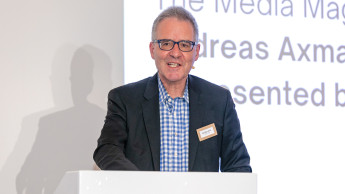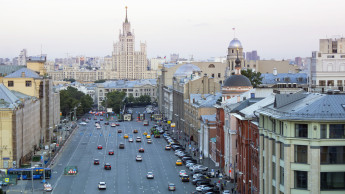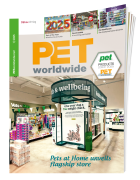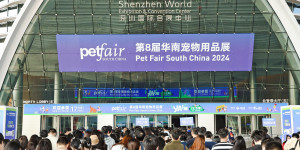The European cat litter market is characterized by a collapse in prices and a stronger tendency for bentonite products as well as ecological types of litter
On the shelf instead of on the pallet: cat litter is presented clearly and entirely hygienically in the specialist pet market.
But there’s no reason to complain. The market for cat litter remains buoyant and should even grow in the coming years. This comes as no surprise, for in many countries cats have ousted dogs as the most popular pet. Particularly in cities where the number of indoor cats is especially high, cat litter is important for maintaining day-to-day hygiene. The cat litter market should therefore offer high growth potential in future years too.
North-south divide
France, Germany and the UK are still the most important cat litter markets in Europe. Although high growth potential is expected in Eastern Europe in the long term, the market is currently still in its infancy. A number of Eastern European countries have joined the EU and this could boost development, but established markets face strong competition from cheap imports from Bulgaria and the Ukraine, both of which will occupy a strong position in the market in the near future.
Cat litter in the French speciality pet retail chain City Zoo.
The overall market is still characterized by a strong north-south divide. In Southern Europe, a large number of cats live mainly outdoors and the cat litter market has not attained the same dimensions there as in other parts of Europe. Whilst clumping bentonite cat litter is dominant in Northern and Central Europe, the warmer regions of Southern Europe much prefer the cheap sepiolite litters. Bentonite litter is now attracting more attention in Southern Europe, but is not expected to gain a very high market share in the short term.
Silicate litter
Silicate litter arrived in Europe three years ago from the USA. It became established at a low level, but fell far short of achieving the market dominance the experts had initially expected. The high price can hardly have been a factor in the failure of silicate litter to establish itself more strongly in Europe, because subsequent to the appearance of “Litter Pearls” from US manufacturer Harvest Ventures at extremely high prices in Europe, it took less than three months for cheap copy-cat products to flood the market between Helsinki and Athens. When success was not forthcoming, many of these products were taken off the market again, although they are being kept on the “back burner” by the retail trade.
Pettex is a strong supplier in the UK speciality market.
The trend for litter produced from wood fibres, straw and recycled paper, so-called “eco-litter”, appears to be more durable. These products have won a fixed customer base amongst cat owners over the years and should be part of the cat litter range. But a word of caution when choosing these products: the cheapest product is not always the best. There are many types of litter on offer which are made of low quality and, most importantly, ecologically unsafe materials. In view of growing sensitivity regarding the recyclability of cat litter, eco-litter should experience an upturn in the European market in the coming years.
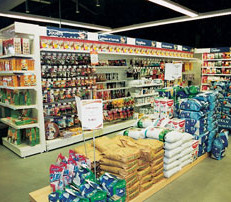


 Menü
Menü

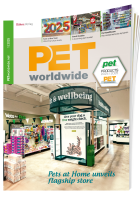



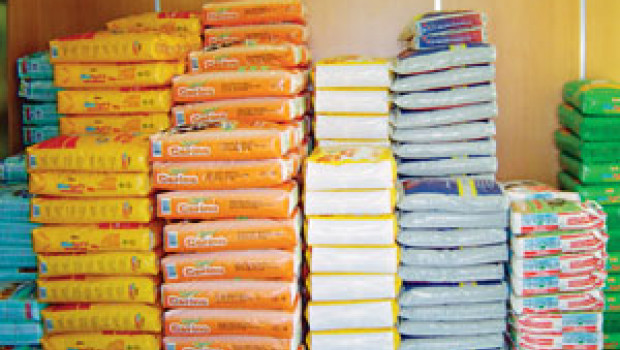
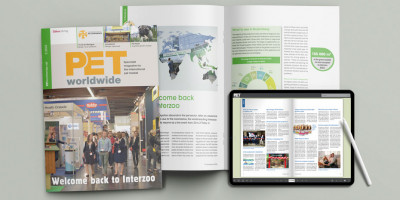



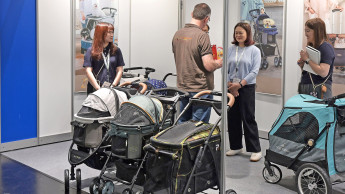
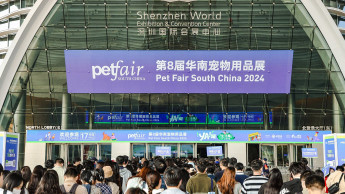
 Print - digital - online
Print - digital - online
